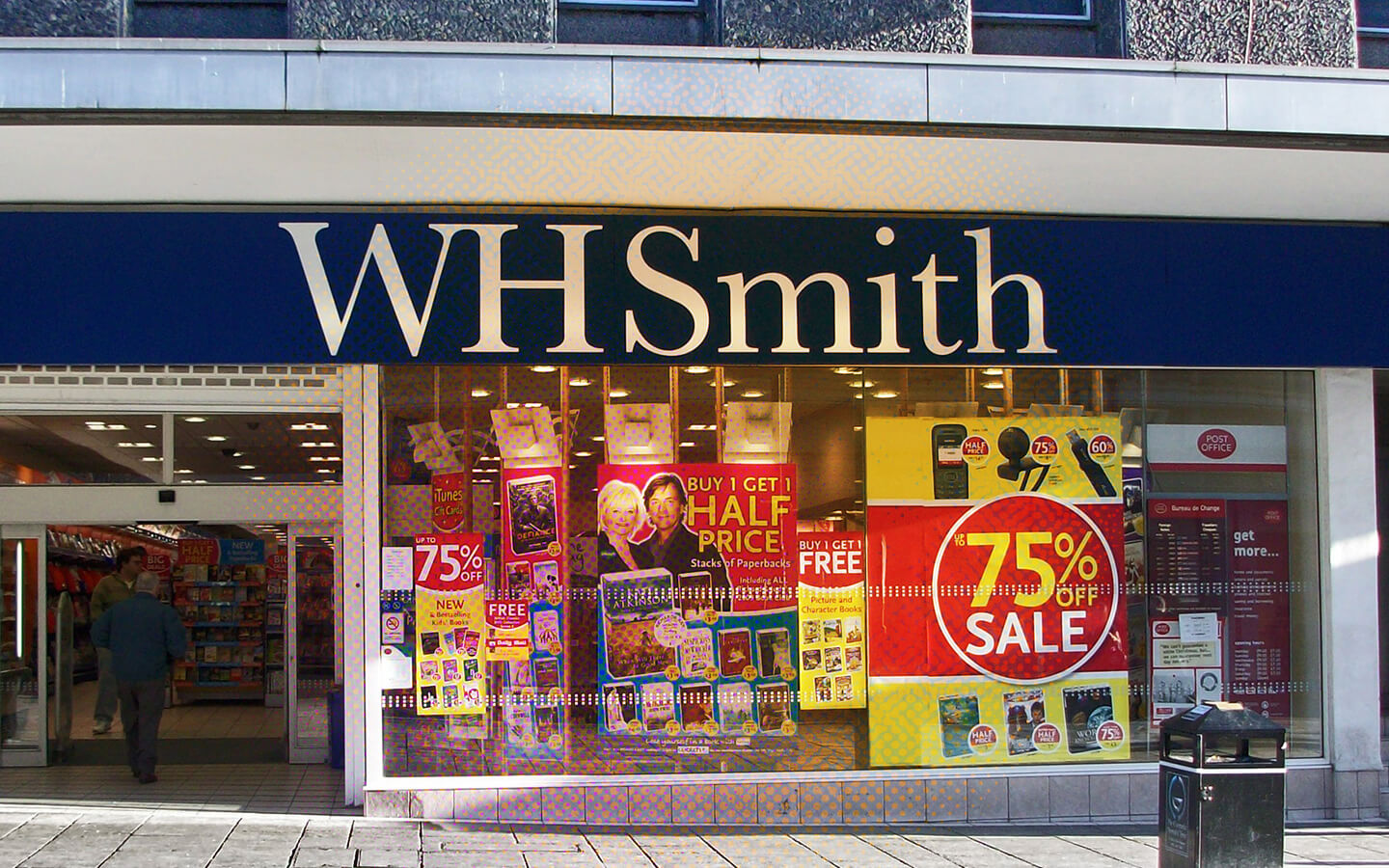It’s probably one that harks back to school days and holidays, days when the shops were where it was at. When the high street was a place to meet friends, when window shopping was magic and handing over hard earned pocket money, as cold hard cash, was a thrill.
My WHS story is of a fountain pen I desperately wanted. It had holograms on it, back when holograms were cool and hologram fountain pens were the thing everyone wanted. I was distraught when told that I couldn’t buy it; and distraught turned to delight when it turned up in my stocking at Christmas “because Father Christmas knows.” (And then delight quickly turned into scepticism about quite how he knew quite so much… but that’s another story.)
And there are others, like sitting in the book section while mum was in Boots, or waiting for my sister to finish listening to an album in Our Price which was the shop next door on our local high street.
There are stories of myriad highlighters all of shapes and sizes that all did slightly different things depending on the task at hand. Of, the special compasses with 2 pointy ends that no one knew how to use.
There’s one story I was told about WHSmiths being a destination shop because “one of our mates used to work there, so we would sneak the odd copy of Smash Hits into the middle of a copy of The Sun so he could slip it through the till.”
I think today’s WHS stories would be different, and less memorable.

Full disclosure. I’m writing this as a customer, and a marketer, but also as someone who has never worked at WHSmiths; so I’m missing the crucial fingerprint of an actual P&L and balance sheet to look at – for a business to survive since 1792 they are clearly doing a lot of things brilliantly!
But customer stories today would be tales of potential as yet unfulfilled!
If you ask a retailer I’m sure you’ll get told stories about ROS, promotional space, footfall, magazine facings and listing prices.
And if you asked customers?
I’d wager you’d get told not very much.
I’m not talking about customer research and NPS scores – of which there’s a lot, and in which WHSmith scores aren’t always brilliant – I’m talking about customer stories. The stuff that creates memories, that lodge in the brain, that create brands and brand value.
Those WHSmith stories would likely be about a shop which nobody would choose to go to, but just somewhere they have to go.
Because it’s the only shop on the concourse.
Or the only place to buy a magazine in the airport.
Or the only shop in the hospital.
Their legacy will have shoppers recount tales of WHSmith stores arranged with mind-bending mazes of specialized magazines, niche stationary and extortionately priced Haribo – where every purchase came with a strip of McDonald’s vouchers, and an offer of a half-price brick of Chocolate.
It’s like they’ve just forgotten about customers being people and put them into a bucket marked “walking wallet.”
Which is odd, because on their corporate website they proudly state their leading value is “to keep the customer at the heart of all that we do.”
All that we do.
It’s a funny value for WHSmith to have, because it’s so 100% right, and yet so hard to see the output of!
WHS describe their ‘Approach’ as “a distinct strategy successful in driving profit growth and creating shareholder value, together with our disciplined approach to cash generation, capital allocation and making appropriate value-creating acquisitions in markets with good growth prospects.”
Their goals are to “be the leading retailer in news, books and convenience (Travel) and to be Britain’s most popular high street stationer, bookseller and newsagent.” (High St)
With “customer at the heart of all that we do” it should be flowing through strategies and goals; or else it risks being a value which holds no value at all.
WHSmith recognise brilliantly that profit growth and business investment are key to shareholder returns (many don’t!) but haven’t connected that profit and investment ambition with actually valuing customers.
When you really do focus on customers – when you create value for them as well as from them – that’s when the magic happens. It’s when footfall increases, dwell time and basket sizes grow, and you get back to being somewhere people want to go, rather than just have to go.
Values are important. They need to be more than just words at the top of a corporate website; they should be the heartbeat of everything and when they go missing so does the heartbeat.
Ask Tesco. Ask Greggs. They had forgotten about customers too, but put them back “at the heart of all that they do” and are now thriving.
It’s not easy. In fact it’s some of the hardest work because it inevitably involves change; to culture, to strategy, to plans, to execution and to reward and recognition.
It involves listening to customers, hearing what they say and the reflecting that insight with real focus on the cultural, organisational and operational changes that make a difference to how both staff and customers feel.
It involves listening to the stories that have been told and that are being told – and then writing some new ones.




